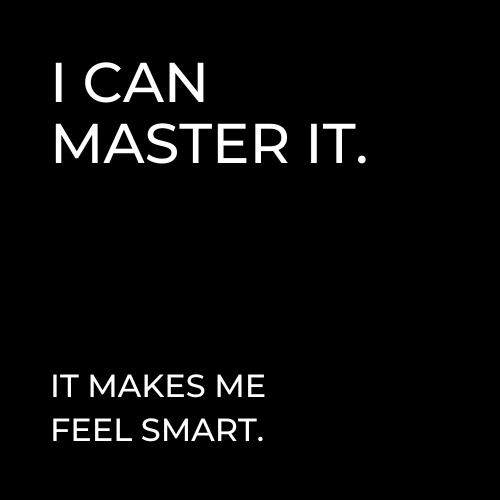The power of emotional design
- Amber Davis
- Feb 19
- 4 min read
Updated: Mar 24
Attractive marketing assets work better. They garner more completed calls-to-action—and therefore lead to more sales—than less aesthetically-pleasing efforts.
Why?
Because aesthetics—even subject to our own personal and culturally-conditioned reactions to those aesthetics—change our emotional state, and emotions change the way humans solve problems and make decisions. In fact, we might be so bold as to claim that when your marketing efforts evoke no emotional reaction they will likely result in no return. Emotion is behind all our value judgements. Human minds don’t make decisions without feeling some kind of way.

“The neuroscientist Antonio Damasio studied people who were perfectly normal in every way except for brain injuries that impaired their emotional systems. As a result…they were unable to make decisions or function effectively in the world. While they could describe exactly how they should have been functioning, they couldn’t determine where to live, what to eat, and what products to buy and use.”
-Don Norman, Emotional Design, 2003
Have you ever heard someone say they had a visceral reaction to the design of something—an item of clothing, an advertisement… maybe a Cybertruck?
The word visceral refers to an emotional response that is inherent and basal, based on instinct and completely involuntary. Don Norman, Founding Director of the Design Lab at the University of California and Co-Founder of the Nielsen Norman Group, (this is the guy who coined the term “user experience”) has proposed that human beings process emotion at three different levels: visceral, behavioral, and reflective. Each level represents increasing complexity in cognitive development and intelligence.
Norman, a prominent academic in the fields of cognitive science, design, and usability engineering, posits that each of these levels of processing influences design in specific ways.1
Visceral emotional processing
At the visceral level, emotional processing is unconscious and instinctive. We are born with these emotional responses as a means of survival—they are unrelated to reasoning. Examples include the feeling of comfort that comes from smelling good food (this is honed and becomes personal through experience but starts out automatic), or the alert, anxious feeling that comes from hearing a sudden, loud noise (compelled attention).

Visceral design
“This level of design refers to the perceptible qualities of the object and how they make the user/observer feel.”
In terms of marketing, we might think of principles in our visual hierarchy like color and size as having significant visceral impact. Instantly recognizable branding is visceral.
Behavioral emotional processing
At the behavioral level, we’re performing analyses of experiences and what we felt during those experiences. The analysis leads to an action. For example, if you visit a website landing page and find it easy to use and navigate, you get your questions answered quickly and you feel relief or even confidence, you are far more likely to return to that website and repeat the experience. Conversely, if the design made it difficult for you to find the information you wanted, or the navigation was not intuitive, you might leave the website feeling frustrated or angry and be highly unlikely to return. Intensity of emotion can be high at this level because you’re analyzing the consequences of your experiences.
Behavioral design

"...has to do with the pleasure and effectiveness of use."
In our marketing efforts, we can elevate the behavioral design of our assets by making sure the end user can quickly and accurately achieve their objectives. Design principles like size and proximity can help users prioritize information and follow the story flow, leaving them feeling smart and in control. Understanding consumer psychology can help you create more attractive—and therefore emotional—and usable designs.
Reflective emotional processing
At the reflective level, emotional processing involves conscious thought, interpretation, and reasoning. The conclusions we draw at this level are statements about our self-image and who we are in relation to others. For example, if you choose to follow a specific brand on a social media platform, if you engage with their posts and media and that brand makes you feel like you are smart and on trend for doing so, you might conclude that you are smarter and trendier than all the people who are not engaging with that brand.

Reflective design
"...considers the rationalization and intellectualization of a product. Can I tell a story about it? Does it appeal to my self-image, to my pride?"
In marketing, brand identity relies on reflective processing. Brand identity goes beyond visual branding (visceral), and involves storytelling, social validation, and values. To build an effective brand identity involves consistent application of curated information and visual hierarchies, as well as a deep comprehension of consumer psychology.
Emotional marketing is rooted in the understanding that human emotion is vital in shaping purchasing decisions. When businesses tap into these emotions, they connect with consumers on a level beyond transaction-only interactions.2
Much of human behavior is grounded in subconscious decision making. By the time the information we are consuming reaches our conscious levels of processing, we have already made significant value judgements about the information, based on the way it is presented to us.
In other words, by the time your core consumer gets around to thinking, they are already feeling.
Comments